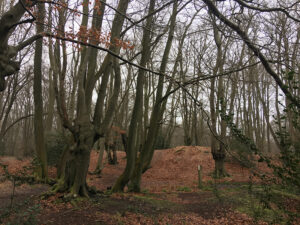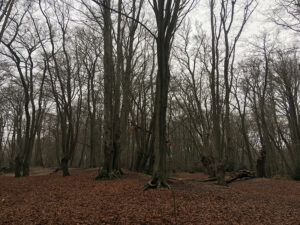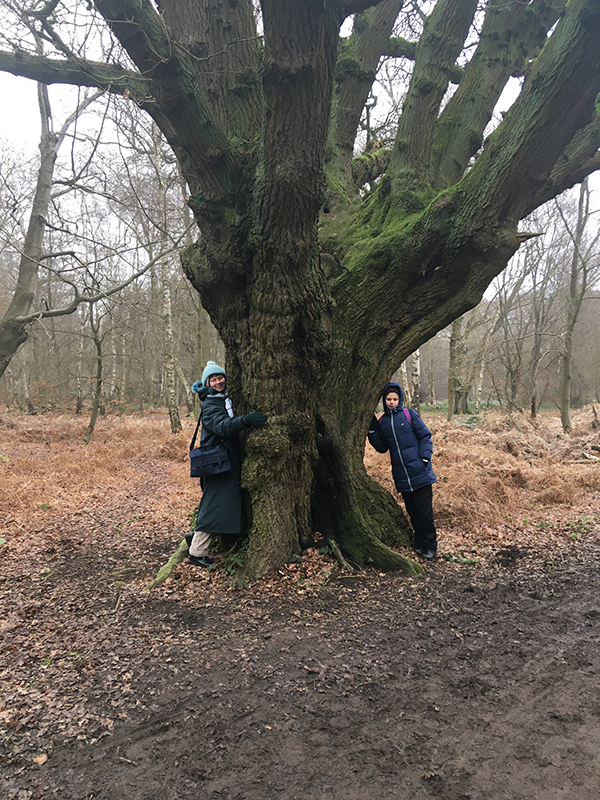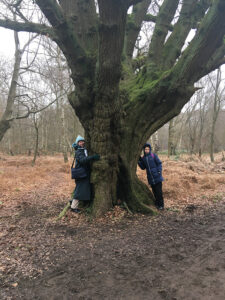
Epping Forest was a royal hunting forest since the times of Henry II in the 12th century. With the Norman conquest the word ‘forest’ came to mean the land where only the king and/or aristocracy had the right to hunt, while common people were still allowed to collect firewood and food and graze animals. It did not necessarily mean ‘wooded area’, as it does today, so could be open spaces, marshland, etc. After the heyday of royal hunts during the Tudors, the land became more important, and enclosures by the landowners threatened Epping Forest. In 1878 an act of Parliament passed Epping Forest to the care of the Corporation of London for the ‘recreation and enjoyment of the people’. It continues to be looked after by the Corporation of London today.
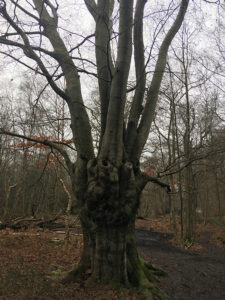
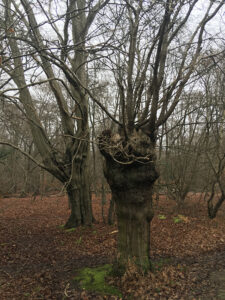
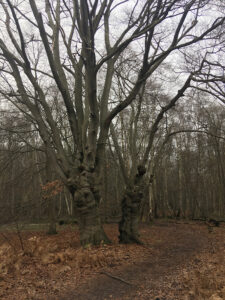
The ancient woodland is full of oaks, hornbeam and beech, and is full of spectacular pollard trees. Pollarding means cutting the top of the tree to promoted the fresh young growth, to be used for firewood or fodder for livestock.
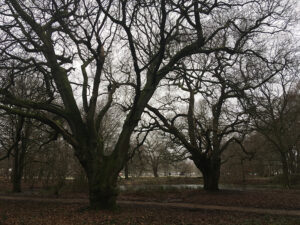
Pollarding is different from coppicing – which is cutting the tree down to the stump, from which new shoots appear.
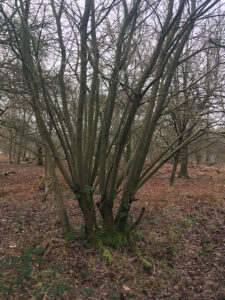
Only some species are suitable for pollarding and coppicing, – such as oak, hornbeam or beech, which grow in abundance in Epping Forest.
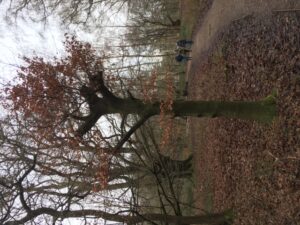
When it stopped being ‘royal’, pollarding was no longer allowed. This means that the trees were last pollarded over 100 years ago, and now look like works of art!

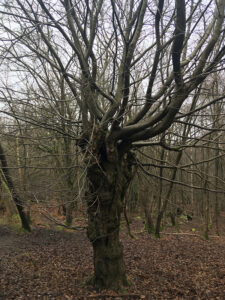
Loughton Camp was an Iron Age Hill fort from around 500 BC. It is a hill in the middle of Epping Forest. Did the Romans use it as a marching camp during Julius Caeser’s invasion in 54 BC? Was it a Celtic lookout post for Boudica? Was it Dick Turpin’s hideout – Epping Forest was his regular haunt, and, apparently, his ghost still roams around, if you are unlucky enough to meet him… Despite many local legends and some archaeological investigations, Loughton Camp has never been thoroughly excavated, so it still hides its real story underneath the spectacular pollard trees.
